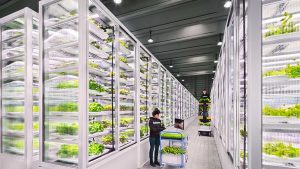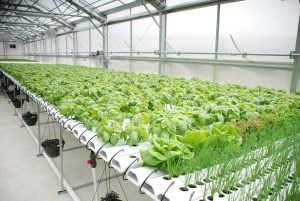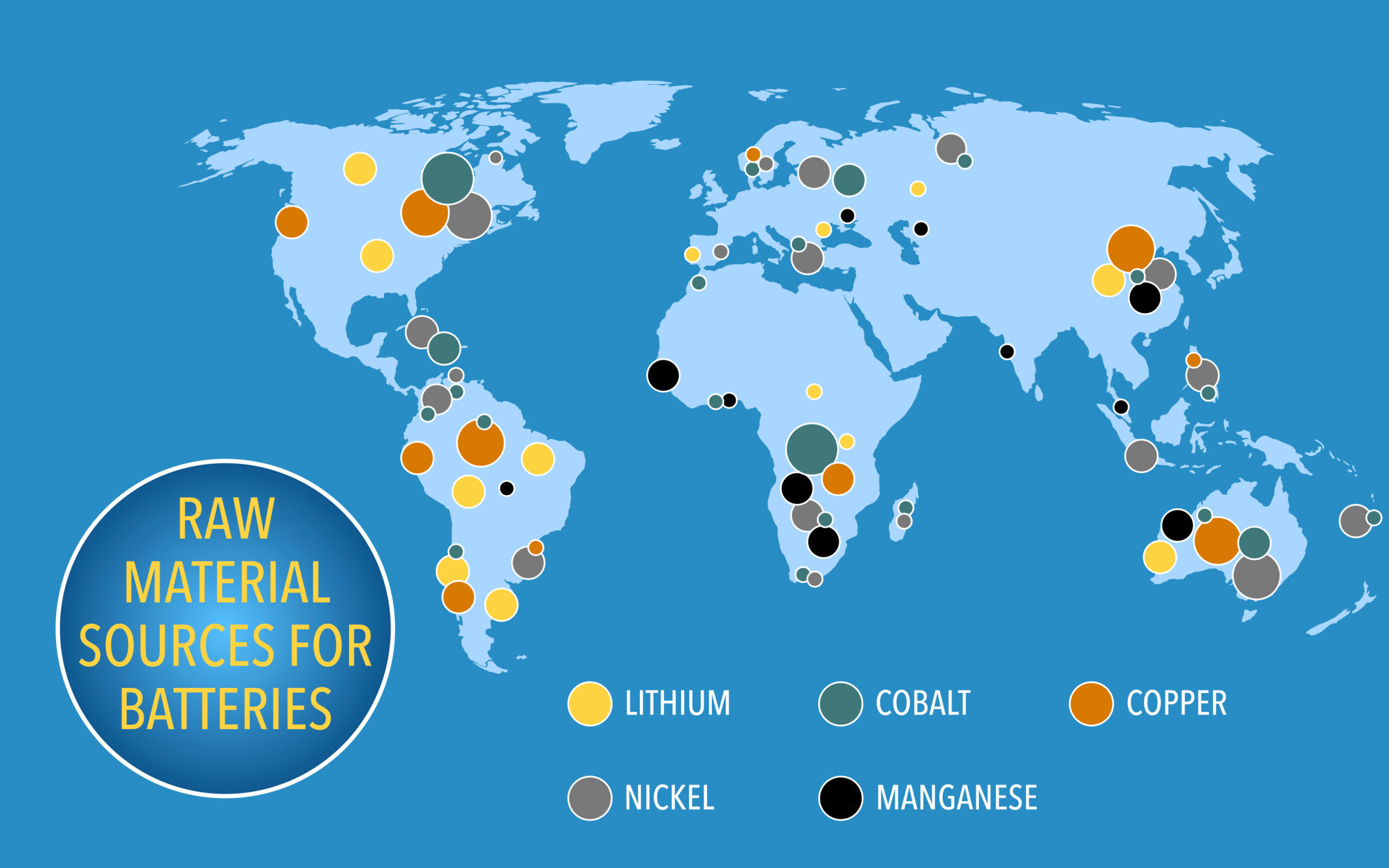Raging wildfires. Extreme droughts. Violent hurricanes. Rogue tornadoes… Nature is unpredictable.
2020 was a record-setting year for natural disasters, and 2021 has already witnessed numerous extreme weather events. Meanwhile, experts predict that the frequency and severity of storms is only rising.

California’s Dixie Wildfire, August 2021.
Nature is unpredictable, yet her whims govern our most fundamental need: food. Worldwide, droughts, flooding, and famine are an all too familiar story. One in every nine people is hungry, while one in three is malnourished.
As our global population nears 8 billion, it is imperative that we create a reliable, resilient agriculture system, one insulated from nature’s caprices. A solution may lie in CEA.
What is CEA?
CEA, or Controlled Environment Agriculture, wields cutting-edge horticultural, engineering, and computer technologies to produce high-quality crops in efficient, indoor environments. Bringing crops indoors shields them from pests, disease, and extreme weather, permits year-round growth, and facilitates cultivation of plants in any climate zone.
A rapidly evolving field, CEA nevertheless started simply: beginning in the first century A.D., the Romans used rudimentary greenhouses to protect crops during the winter. Over time, greenhouses became more sophisticated: their walls were built of glass, warm water heated them in winter, and electric light bulbs provided supplemental lighting. Today, advanced greenhouses optimize plant growth conditions: computer systems control brightness, temperature, humidity, and even carbon dioxide levels.
Vertical Farming: the Up- and Downsides
Traditional greenhouses, however, are only the beginning of CEA’s many techniques. Global population projections—over 10 billion people (80% of whom will live in cities) by 2050—encourage scientists to develop new, compact farming methods like vertical farming. Vertical farms turn traditional farms sideways. In vertical farming, plants are stacked one atop another as they grow. The resulting farm is both space efficient—vertical farms can be placed in basements or old shipping containers—and water efficient—vertical farming’s water use is 5% that of standard agriculture.
Nevertheless, vertical farming has downsides. One major challenge is lighting. Each plant contained in a vertical stack requires adequate light to grow. Because the uppermost plants shield lower plants from overhead light, each individual layer of a vertical farm must also be lit. The resultant need for numerous LED lamps increases input costs (and, in turn, crop prices) and lowers vertical farming’s energy efficiency. Additionally, vertical farms pose challenges to workers, who often spend their days ascending and descending costly, cumbersome scissor lifts to complete tasks like planting and harvesting on each layer.

The benefits of indoor horizontal farms, therefore, should not be underestimated. One innovative horizontal farming operation is Pure Green Farms. Located in South Bend, Indiana, Pure Green Farms’ horizontal greenhouse relies on natural light and uses minimal artificial lighting to increase energy efficiency. Additionally, the entire planting and harvesting process is automated, creating a more uniform product and labor savings compared to traditional production.
Horizontal farms also offer opportunities to combat microclimates, unintentional byproducts of CEA. One greenhouse contains numerous microclimates—slight shifts in location can significantly alter plants’ growing conditions. For instance, a plant directly beneath a growth lamp may be subjected to higher temperatures and brighter light than the plant beside it. Such inconsistent growing conditions in turn produce inconsistent crops.
Purdue University researchers recently constructed an automated horizontal greenhouse to address this problem: plants constantly circulate around the greenhouse on conveyor belts. Consequently, no plant remains in one microclimate for too long, and all plants are exposed to nearly uniform conditions. This innovation allows horizontal farms to produce more consistent crops.
Hydroponics
In both vertical and horizontal CEA agriculture, farmers are looking beyond soil. For instance, many CEA farms are hydroponic: plant roots are submerged in regulated, nutrient-rich water solutions rather than soil. Hydroponics not only allows detailed regulation of nutrient and pH levels but also minimizes water usage by recirculating water. Further, hydroponics allows plants to grow more quickly and closer together.

One variation on hydroponics is aeroponics: plant roots are placed not in soil but simply in the air. Surrounded by oxygen, vital for cellular respiration, plants are frequently sprayed with mist containing water and dissolved nutrients. This process not only reduces water usage by up to 98% but also increases plant nutrient levels, offering potential health benefits for consumers.
Another twist on hydroponics is aquaponics, in which a plant growth environment is coupled with a fish tank. Fish provide nutrients for the plants, which in turn clean the water for the fish. Nevertheless, the aquaponic system is not perfectly self-sufficient: aquaponics requires significant electricity to heat and circulate water and often utilizes supplemental water filtration systems.
Cost-Benefit Analysis
The benefits of CEA are numerous. By growing plants inside, CEA minimizes or even eliminates the need for pesticides, which are not only potentially detrimental to human health but are highly water-intensive to produce. Additionally, grown in optimal conditions, plants mature faster and more consistently. With CEA, crops can be grown in population-dense urban areas; thus, fresh, nutritious, locally grown crops can be delivered at reduced transportation costs.
CEA’s advantages, however, come at a high monetary cost. CEA technology is expensive. Simply building a modern greenhouse equipped with LED lights, O2 and CO2 monitors, and ventilation systems is a costly enterprise. Additionally, CEA requires a constant supply of electricity, which is both expensive and poses environmental risks. Even greenhouses powered solely by renewable energy create challenges: solar panels, for instance, are expensive. Further, using solar energy to simulate sunlight for indoor crops seems convoluted, especially considering that outdoor crops simply use free, natural sunlight. CEA also requires space. In urban areas, where CEA offers great potential, real estate is especially expensive.
The many costs of CEA often translate to higher prices for consumers, especially for commodity crops. For instance, producing a loaf of bread with CEA-grown wheat costs roughly $11. Currently, CEA is most economically viable for expensive, highly perishable specialty crops, such as tomatoes and lettuce, grown on a large scale.
Investment Opportunities
Although CEA is not set to replace traditional agriculture in the near future, investors are nevertheless exploring CEA’s potential for feeding our growing population sustainably. There exist several private fund investments in the space. Ceres Partners, for instance, is investing in greenhouses, aquaculture, and specialty crops as well as CEA artificial intelligence systems. Equilibrium Capital, a sustainability-focused investment company, manages an extensive CEA private equity fund platform.
An exciting new investment opportunity in this area is Global X AgTech & Food Innovation ETF – KROP, first listed on Nasdaq in July of 2021. KROP identifies and invests in trailblazing companies in the food and agriculture sectors. The focus of these companies ranges from food waste minimization to agricultural robots to dairy alternatives to CEA. KROP has only $2.3 million under management today, but we will continue to monitor its development as a potential purposeful investment in the essential food and agriculture sector.
As the global population continues to grow, nature’s unpredictability poses a hazard to the traditional agricultural system. Boasting efficiency and reliability, CEA offers a promising niche complement to traditional outdoor agriculture and an exciting opportunity for sustainable innovation for the benefit of humanity and the planet. To learn more about sustainable, ethical investing, contact Servant Financial today.








